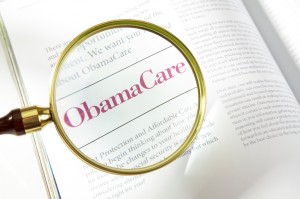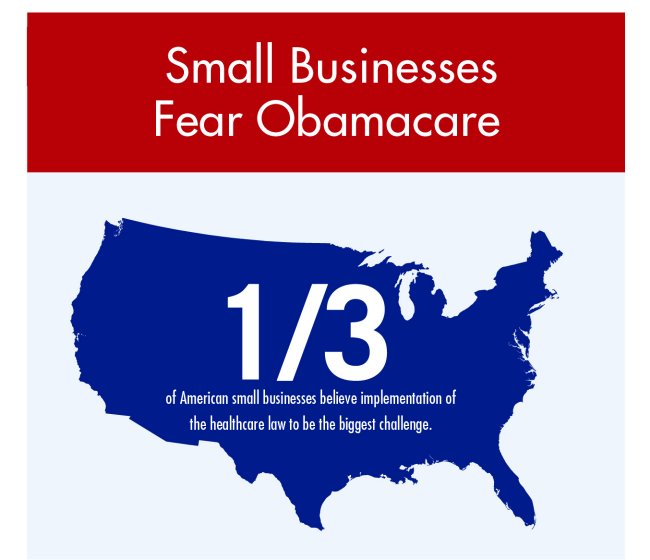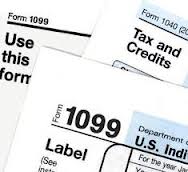 Universally,
Universally,
economists believe that it is the small businesses in the United States that drive our economy. While small businesses were definitely not exempt from the hardships caused by the recession, analysts point to evidence that their job creation from 2010 through 2012 helped increased the overall health of the U.S. economy. While small businesses support the local and national economy, it still remains according to the most recent estimates, 50% of today’s uninsured American’s are small business owners, their dependents, or their employees.
While President Obama delayed the Small Business Mandate until 2015, there are still issues for business owners in 2014. Here are some highlights of the changes to small business owners due to the Affordable Care Act:
-
Small businesses with less than 25 full-time employees (with an average annual wages below $50,000) may be eligible for tax credits to help pay for the premiums for full-time employees.
-
Small businesses with more than 50 full-time (with an average annual wage above $250,000) must provide health coverage to full-time employees starting in 2015 – this is the “Employer Mandate” that was delayed until 2015.
-
All businesses making over $250,000 in profit are required to pay a .9% increase on the Medicare Part A Tax.
While the implementation of Obama Care is confusing, even for experts, there is even greater confusion within the small business community. For entrepreneurs and businesses that are aiming for their most profitable year, their focus needs to be on building wealth, not managing the seemingly ever-changing healthcare laws and regulations. It is highly recommended that small business owners seek out the advice and counsel of a knowledgeable accountant to assist with the budgeting and tax issues that the Affordable Care Act presents. In general terms, the small the business, the better the tax breaks, however, it is dependent on the number of employees, profits, and the structure of the organization. While some employers may see a significant reduction in their costs of providing healthcare to their employees, others may a see a significant increase. Preparation is key, especially ahead of the “Employer Mandate” next year.
The SHOP program (Small Business Health Options Program) allows for small businesses with less than 50 full-time employees to shop for group health plans. Next year, employers with 100 full-time employees can participate. However, all businesses can choose to purchase health insurance through an insurance agent. Some tax breaks (possibly up to 50%) may be available.
Small Business Health Care Tax Credit
Along with the implementation of the Affordable Care Act, significant changes have been made to the IRS tax code.
While the tax code has never been easy to decipher, experts agree that it is more difficult than ever, now that health insurance requirements are part of the equation. Each small business is different…different numbers of employees, revenues, and profits, and no 2 tax returns are the same. Some small businesses may see a 50% cap of healthcare tax credits based on the dynamics of their business, this is now the norm, not the exception. For some small businesses to qualify, the employer must pay health insurance premiums on behalf of their employees, through a SHOP program. The 50% tax credit is expected to be available for 2 years, and some businesses will be able to carry the credits forward for other tax years.
It is still yet to be determined if the implementation of the Affordable Care Act will help the small businesses that make this country thrive or harm them. Small business owners and entrepreneurs must be prepared for the changes in regulations, and the tax implications now. Tax credits, budgeting, and an analysis of your financial operations today, and projections for tomorrow can help you to be ready for tax season.
RESOURCES
http://www.irs.gov/uac/Small-Business-Health-Care-Tax-Credit-for-Small-Employers
http://www.nolo.com/legal-encyclopedia/what-obamacare-means-the-self-employed.html



